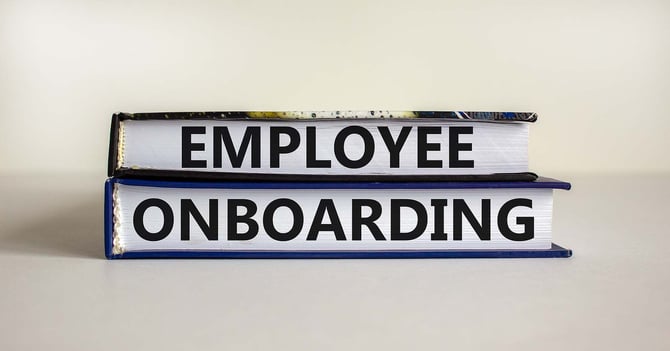The effective onboarding of new employees is clearly a benefit to businesses, but some companies persist in “winging it” whenever a new hire joins the team.
As we have noted before, businesses that lack a proper onboarding system in place “fail to understand the link between a quality orientation experience and prospects for long-term retention,” which is the objective anyway when a new employee is hired.
What exactly does “onboarding” refer to? According to Business2Community, onboard is a systemic process “that helps the employee in settling within the company,” ensuring “training, setting proper expectations, goals and other support” to a new hire. The onboard experience typically extends until the new hire completely adapts to the company culture, which roughly takes around one year.”
What steps can you take to help a newly hired employee fit in your workplace as soon as possible?
Start the onboarding process before the new hire’s first day.
There are plenty of things to do prior to the new employee’s first day on the job. Among the top priorities:
- Set up the person’s computer and access to company intranet.
- Provide all necessary resources, everything from a company directory to physical items (computer, phone, workspace, etc.) connected with their new job.
- Send the new hire in-depth information about the company culture.
Most importantly, start engaging with the new person ahead of that all-important first day. Have someone on your HR team initiate email or phone contact, and have them reach out to the new hire to answer questions or provide additional information. This makes the new employee feel like part of the team well ahead of actually entering the workplace.
Take care of paperwork.
In some organizations, new hires often spend their first day filling out forms and related paperwork—a tedious, morale-busting process for a new team member. A more efficient approach involves getting paperwork out of the way (or as much as possible) prior to the first day on the job.
Make a big deal about the new employee.
Celebrating the addition of a new member of the team makes him or her feel special, but also keeps co-workers informed. “Announce it to the world (or at least the rest of your team),” advises Entrepreneur. Include information about why the individual was hired and their role within the organization. Furthermore, notes Entrepreneur, let all team members “understand how they can connect” with the new employee, rather than leaving it all “on your new hire to make new friends at work.” Consider hosting a happy hour get-together to introduce one or more new employees.
Keep in-house jargon to a minimum.
Every organization has its own “lingo”—abbreviations, acronyms, and related technical terms that only someone who’s been with the company awhile will understand. In materials you provide to the onboarding employee, keep such jargon to a minimum.
Or, just as helpfully, when you introduce a specialized term or phrase, be sure to define it in easy-to-understand language. This helps the new hire feel more comfortable with your company culture and advances their understanding of what goes on within the business.
Take time to discuss the new hire’s future.
Your new team member will feel much more valued if you have a discussion with them about future opportunities within the company. Talk with them about your own expectations and listen to what they want to get from working for you as well. Plot out a rough trajectory about how employees get ahead in the business, and what long-term objectives will help both the new team member and the company stay on the same track in the weeks and months to come.
Want to learn more about how to keep your new employees engaged and productive? Check out tips offered by TAB thought leaders in “7 Ways for Onboarding New Employees During the Pandemic.”








